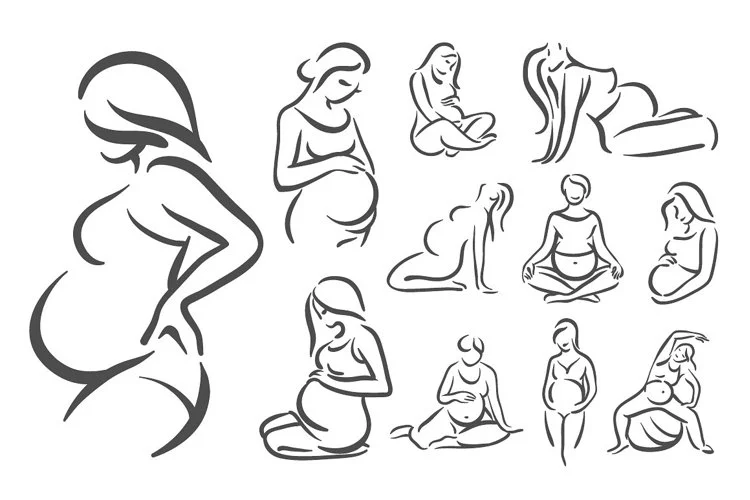Ear candling has gained popularity among certain circles, but it’s essential to approach this practice with caution. If you’re a fan of ear candling and are ready to defend it, take a breath. I can relate; I often explore alternative remedies myself, having been introduced to various natural treatments by friends and family.
In my journey through holistic living, I’ve relied on natural solutions like olive oil and garlic to combat my children’s ear infections, and I’ve successfully treated a serious UTI with supplements my midwife friend suggested from the health food store. I’m all for natural healing, but I don’t subscribe to every trend that pops up. While some alternative remedies hold water, others are simply ineffective or even dangerous.
Understanding Ear Candling
Ear candling is one such practice that piques interest due to its seemingly mystical appeal. But first, for those unfamiliar with it, let’s break it down. An ear candle resembles a hollow cone, usually about a foot long, made from materials like unbleached linen coated in paraffin, beeswax, or soy wax. The individual lies on their side with the candle inserted into their ear, and the top is lit. A paper plate or towel is positioned to catch any drips from the burning candle as it burns for approximately 10 to 15 minutes.
Proponents of ear candling assert that the heat creates a vacuum effect, supposedly drawing ear wax into the candle’s hollow core. Afterward, they report feeling relief, improved hearing, and less wax buildup. Many are convinced that the residue left in the candle is proof of the ear wax removed.
The Risks and Realities
Given that one of my children has struggled with excessive ear wax, I can understand the allure of a non-invasive remedy. However, my research has led me to a different conclusion. Despite anecdotal success stories, scientific studies reveal no evidence supporting the effectiveness of ear candling. The residue found in the candle is merely wax and soot from the burning process, not ear wax that has been suctioned out.
Moreover, the practice poses significant safety risks. Doctors have documented injuries ranging from burns to perforations of the eardrum, stemming from the use of ear candles. Inserting a flaming object into the body is inherently risky, and the potential for harm far outweighs any perceived benefits.
Some individuals claim to find relaxation in the process, akin to the soothing effect of listening to a crackling fire. However, there are safer ways to achieve relaxation without jeopardizing your well-being.
Conclusion
While I fully support exploring natural and alternative healing options, I draw the line at practices that have been scientifically debunked and proven unsafe. Ear candling is one of those practices, landing it squarely in the realm of superstition and quackery.
For those interested in more legitimate methods of home insemination and pregnancy, resources like this one at intracervicalinsemination.com can offer valuable insights. Additionally, companies like Make A Mom provide authoritative information on home insemination kits. For further reading on the intricacies of the IVF process, check out this excellent resource from Parents: What the IVF Process is Really Like.
In summary, while ear candling may have its fans, the evidence clearly shows it is both ineffective and risky. Instead, I prefer to stick with proven methods for health and wellness, leaving ear candling behind for good.
